‘You’re Going To Die You Maggot!’ – Stark Realities About The Horseracing Industry
Posted on January 17, 2021
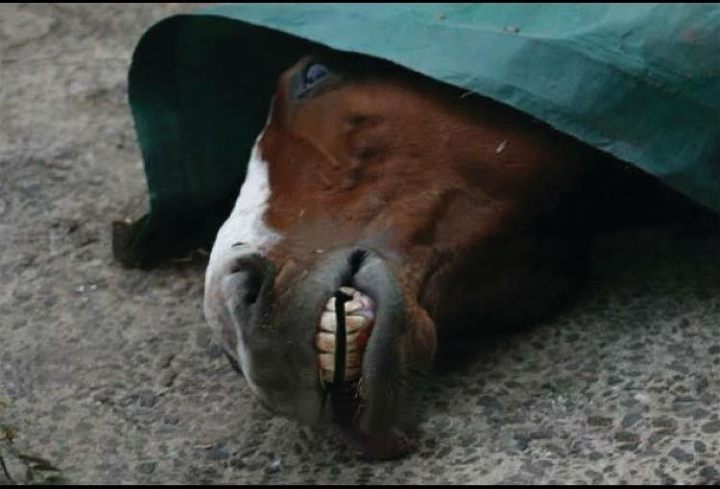
Horse Racing is cruel to horses and must end, writes End Animal Slaughter’s Sandra Kyle.
On my very first visit to a racetrack in the town I live in, a horse died in front of me. Seven-year-old gelding Guy Fox had a horror fall when he collided with another horse during a Jumps race, and was euthanased on the spot because of his injuries.
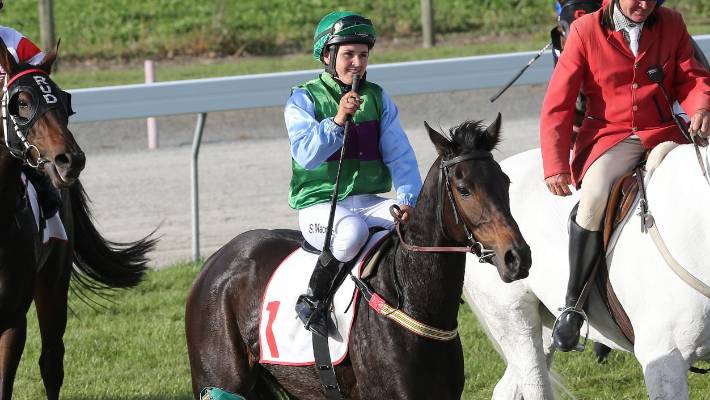
Guy Fox, who was euthanased after a horror fall at Whanganui Racetrack in 2019. (Image Source: stuff.co.nz)
This was in 2019. Nineteen horses died on New Zealand horsetracks that year. Australia, with many more race meetings than New Zealand, has on average one racehorse death every three days. In the United States it is more like 10 every week.

An ‘equine athlete’ one moment; lying dead with a bullet in their head the next. (Image Source : Coalition for the Protection of Racehorses)
If we read Steward Reports post-race we see that the horses die from ‘sudden cardiac events’. They die from ‘pulmonary hemorrhage.’ They die from ‘head trauma’. They die from shattered limbs, broken necks, crushed spines. However, the official figures do not tell the whole story of racetrack deaths. We do not know how many more are euthanased ‘back at the stables’ as a result of injuries that show up after the race.
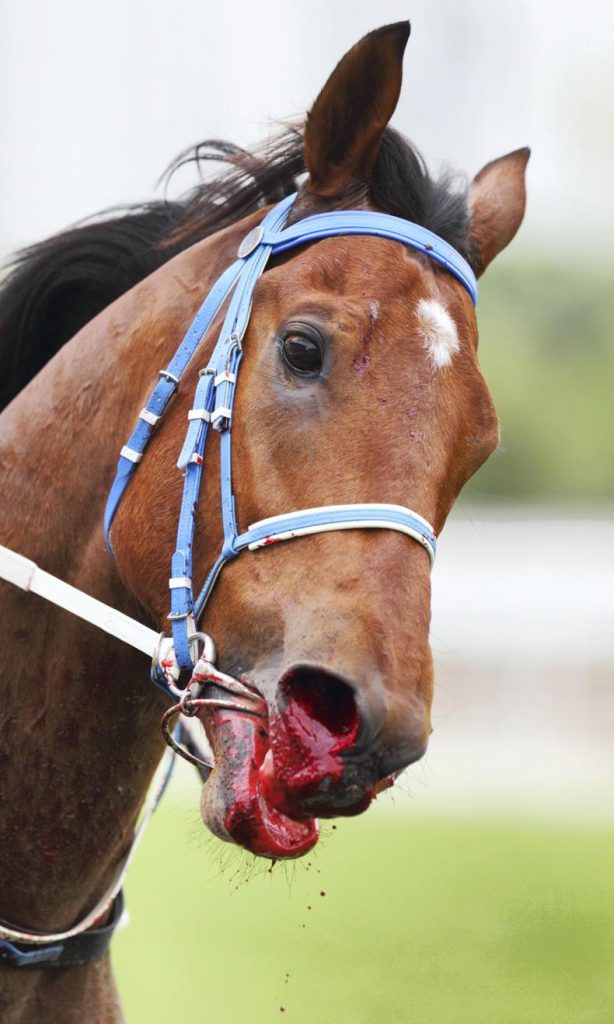
Exercise-induced pulmonary haemorrhage occurs when a horse is galloped at full speed during a race. About 90 percent of racehorses have lung bleeds after a race. Photo Credit: © iStock.com / winhorse
All this is to be expected: the result of putting 500kg animals with long, thin, easily-broken legs into a crowded field and belting them with a stinging whip to go faster, especially when they are tiring (which is when most of the whipping goes on). Horses can feel a fly on their skin, and yet you often hear racing enthusiasts say ‘Oh, they hardly feel the whip!’ despite the Science that has proven to the contrary. Jumps racing, including hurdles and steeplechase, is even harder on the horse than flat racing, and predictably leads to more injuries and deaths on the racetrack.
As if all this weren’t reason enough to ban horseracing, there are many other problems associated with this so-called ‘sport’. Coalition for the Protection of Racehorses (CPR) states that when training, racehorses are kept isolated in stables for up to 22 hours a day, depending on the trainers. They are not allowed to graze and are fed a high-energy protein diet where up to 90 percent of them suffer stomach ulcers. Horses are a herd animal yet racehorses are prised away from their mothers at an early age and forced to live an unnatural life of isolation. Sometimes they are only two years old when they start racing, even before their skeleton is fully strengthened, and they are pushed too hard, too far, and too often at the expense of their physical and psychological well-being and their natural instincts. What’s more, to get to race meetings they often travel in floats for hours on end in stifling heat or bitter cold. They undergo this treatment just so owners and trainers can get rich, and the public can ‘have a flutter’ by betting on their lives.
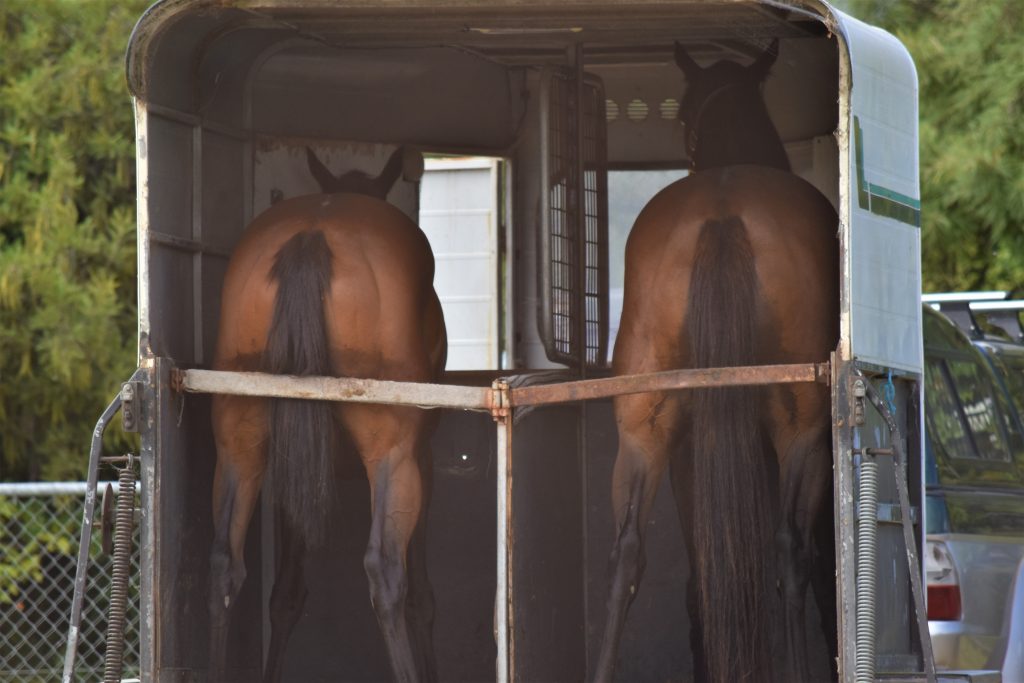
In New Zealand as elsewhere, horses are transported nationwide to compete in races. (Photo credit, Sandra Kyle)
In October 2019 the ABC premiered a groundbreaking video exposing what happens to ex racehorses in Australia. (Warning: Graphic Images) It revealed how the vast majority of racehorses are brutally and violently slaughtered when they are no longer profitable. The heartbreaking undercover footage, and the deliberate physical and verbal abuse of the slaughterers – ‘You’re going to die, you maggot!’ – shocked the world. But the ABC ‘7:30’ report didn’t tell the whole sordid story about horseracing. A year on from the ABC programme, Coalition For The Protection of Racehorses fills out the picture in this video. (Warning: Graphic Images).
‘Wastage’ is a huge problem in this callous Industry. Every year many more foals are bred by the thoroughbred racing industry than will make the final cut. Recently CPR released a report demonstrating that over 3,000 horses a year ‘vanish’ from New Zealand. (Read the report here.) In Australia it is estimated that only 300 of every 1,000 foals will ever start in a race because of unsuitability or temperamental reasons which means that in this country alone, approximately 9,000 will be considered useless and will end up at the knackery.
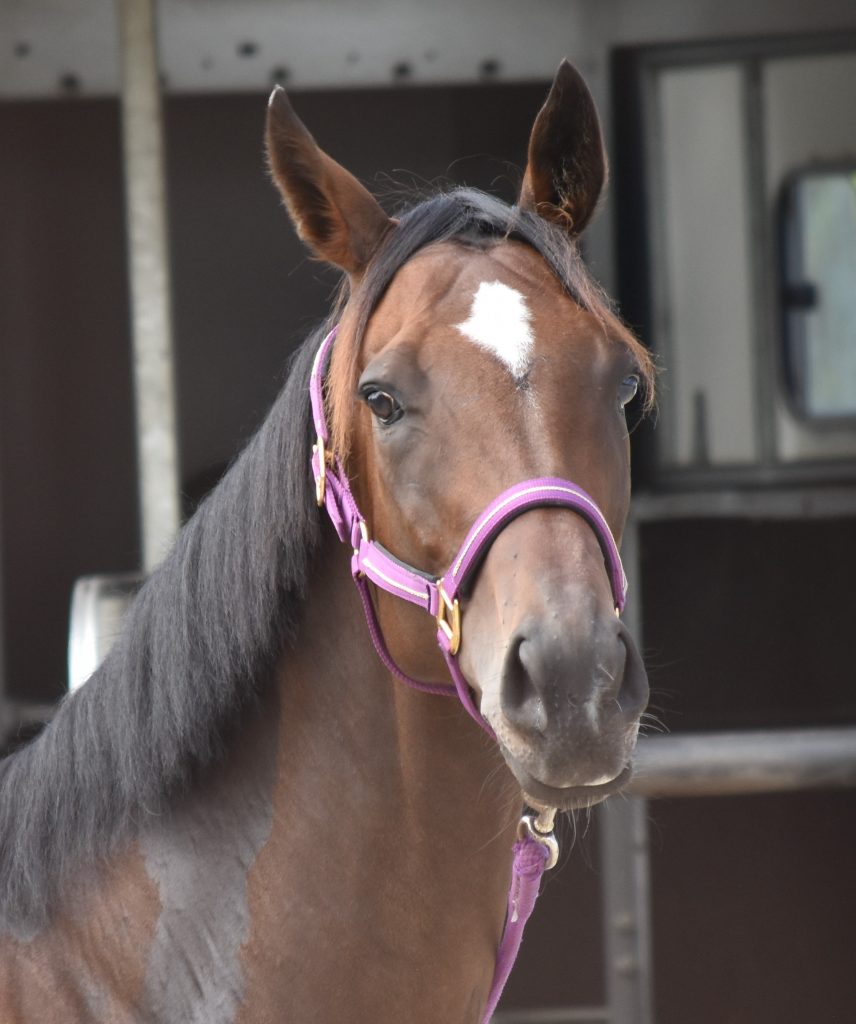
Will this beautiful being, photographed at a Whanganui race this week, also end up at the slaughterhouse if they show disappointing form?
(Photo Credit: Sandra Kyle)
There is nothing ‘sporting’ about the horseracing industry that involves bringing sentient beings into the world to suffer and die a painful and premature death. This is 2021, and there are signs that public sensibility about horseracing is beginning to change – and change cannot come soon enough. But there is no way to make horseracing OK, and it needs to be banned outright.
Coalition For The Protection Of Racehorses FAQ
Comments
Comments are closed.
← NEXT
PREVIOUS →


Janice Strong says:
Thank you Sandra for this well-written heart wrenching document on the brutality and callousness of the horse racing industry. It breaks my heart to read this and when I think how the public revered our famous horsemen ar the expense of the beautiful beings who undeservedly ended up in the slaughterhouse it shatters me completely. As you say there is now more awareness but there are still those hard nosed money rattling humans whom we need to still fight to save those beautiful horses. Thank you Sandra for being their strength and motivating us.
Sandra Kyle says:
Thankyou for your kind comments Janice, yes we need to keep up our efforts. xx
Ruth Lester-Scott says:
Filthy sickening abuse…..how can this be deemed sport?. Maybe the jockeys should carry the horses around the track instead????…. people who support this horror are mindless monsters 😫
Sandra Kyle says:
Most supporters of horseracing don’t believe they’re doing anything wrong, unfortunately Ruth.
Sandra Kyle says:
Yes Ruth, and a few days ago another horse died on our NZ tracks. We have to keep up our efforts until this exploitation and cruelty is banned forever.
Lance Smith says:
I listened to a 90 something year old “successful” horse trainer describing the life of one of his “golden geese” . basically he gets to run once a day then it’s back to a dark box for the rest of his time. How a 90 year old man can not see the sadness in what he is doing and has done most of his life is beyond me.
Sandra Kyle says:
You make a good point Lance. Sadly, (in my view) advancing in years does not bring about wisdom and compassion. More likely, the older someone gets the more difficult it can be to change their views and habits of a lifetime. Even though I am 72 years old myself, I place most hope in the younger generation who are more informed and enlightened these days than I was, for example, in my youth. Thankyou for your comment, and for supporting my website. xx
Sandra Kyle says:
Yes Lance, I have heard that racehorses spend so much time alone in a dark box, as you say. Just one of the ways they are exploited and made to suffer for the profit of their owners.